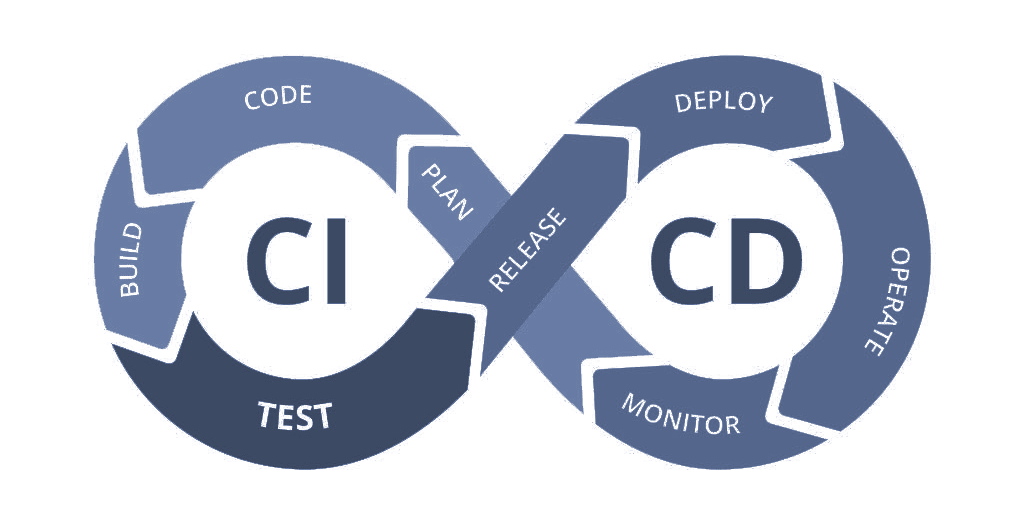Continuous software integration and deployment
Timeline
2017-2023Sector
Software engineeringScope
Software development: integration and deploymentBACKGROUND
The tasks of developing and operating software are candidates for analysis and automation, thus detecting and correcting errors quickly and reducing the complexity and costs associated with added modifications. The basis is a strategy focused on software version control, adding the development and execution environments required for implementing the processes that can be automated without human intervention. SOLUTE carries out these tasks, validating the solutions implemented in-house and verifying the requirements specified by the customer.
Continuous integration and deployment are branches of software engineering focused on increasing the quality and frequency of the iteration in the developed solutions and on having greater control over all the stages that comprise the software's life cycle. Keeping control of the methods applied in the agile methodologies is required in order to make sure that the implementations are in accordance with their specifications requirements and that these are placed in production under automated supervision. The aim of these CI/CD (Continuous Integration/Continuous Delivery) practices is to reduce the iteration times of versions, detect possible problems in the developed solutions before being delivered to the customer and make their unit tests more efficient.
RESULTS
The DevOps automation tasks allow the development team to focus their efforts on the implementation of critical software modules for the applications, detecting possible errors ahead of time and without needing to intervene, while allowing these errors to be corrected before the software delivery dates set by the organisation together with the customer. This results in more efficient workflows, prioritising the delivery of value and reducing uncertainty in the development cycle.
EXPERIENCE
The implementation of CI/CD systems begins with an analysis of the needs of the software project, determining what modules are critical to its operation and can be subjected to scrutiny by automated testing systems.
METHODOLOGY
Different automation platforms are available to implement the CI/CD processes in a standardised manner and with the application of the latest communication standards. Tools are available that integrate software and automation repositories (GitLab, Jira, Bitbucket) and dedicated to programming tasks (Jenkins, CircleCI, TeamCity).
The implementation of CI/CD systems begins with an analysis of the needs of the software project, determining what modules are critical to its operation and can be subjected to scrutiny by automated testing systems. The design of these latter ones is a task that must be done together with the software project stakeholders, prioritising the listed tests in a closer manner with the defined quality attributes and with the compatibility and/or performance restrictions.
The deployment requirements of the organisation itself must be taken into consideration, evaluating the problems that may appear in the integrations to production of the developments and the technical restrictions of the systems in operation. Pipelines must be created that allow conducting unit tests, collection and packaging processes and finally, ensure a controlled deployment of the applications. The versioning of these applications, along with their generated artifacts, must be made available to the work team as part of the delivery results along with the results of the tests that have been executed.
Solar
Structural systems design for PV plants
Structural systems design phase analysis for calculating the generation of solar energy using photovoltaic panels in demanding environments such as with winds or earthquakes.
Wind
Energy and weather forecast for renewable operators
Weather and energy forecast service through the training of artificial intelligence algorithms.
